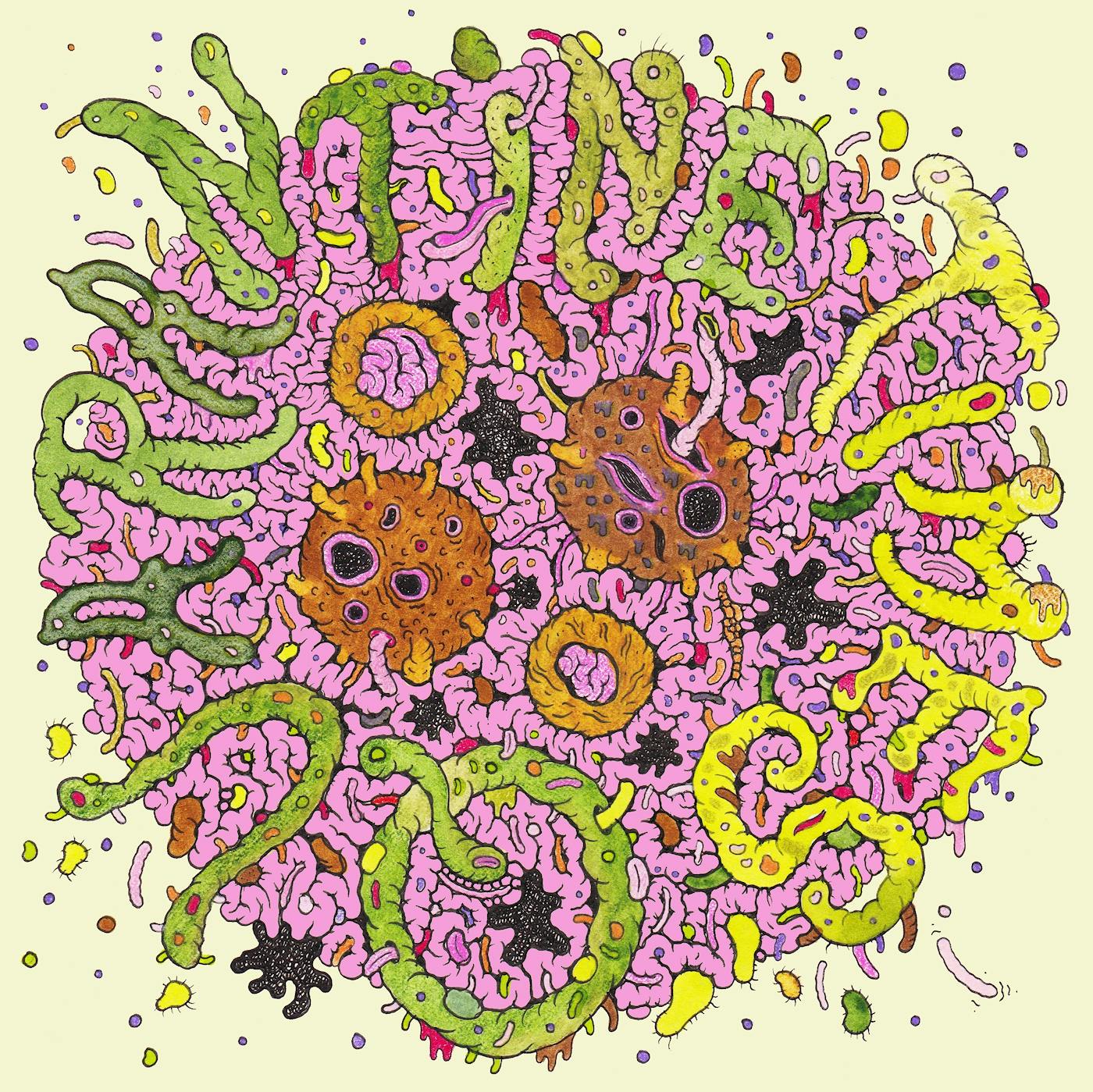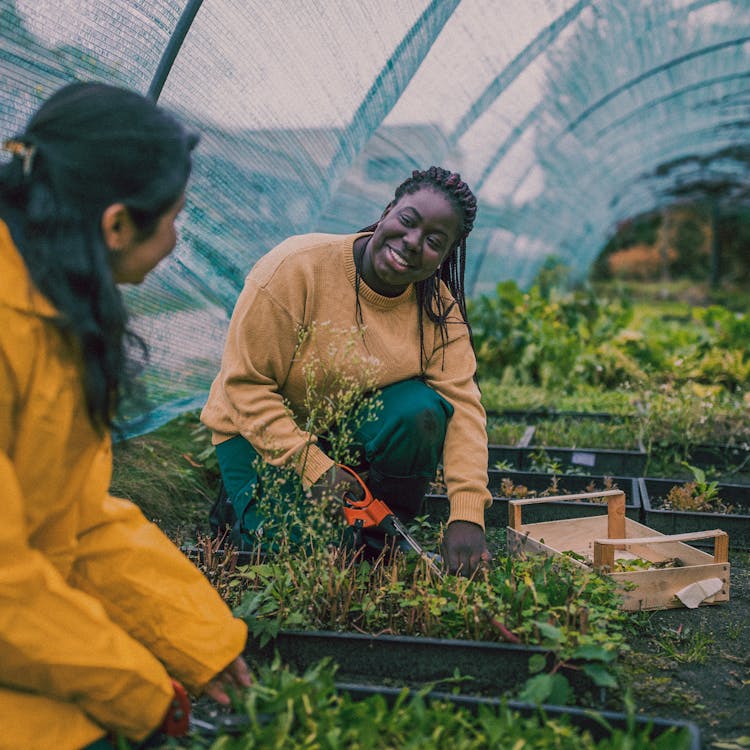
The Quarantine Times: Chicago Artists Paid to Create, Stay Connected During COVID-19
The Public Media Institute (PMI) has been finding new ways to bring artists together through publications, radio and festivals since 2001. In March 2020, a group of artists and cultural workers involved with PMI were batting around new ideas on how to continue strengthening connections in Chicago’s arts community.
Within a few days of that March brainstorm, COVID-19 shut everything down. And just like that: The gigs, side-hustles and jobs that creative Chicagoans pursued to make ends meet came to a crushing and unexpected halt.
With the city on lockdown, cultural institutions, art spaces, restaurants, bars, and other businesses shuttered. Local artists and the arts-related workforce found themselves in tough situations: unemployed, little or no money coming in and at risk for devastating consequences, such as losing their health insurance and, in some cases, their homes.
PMI quickly pulled together a coalition of artists and advocates to create a daily, online “newspaper” to chronicle the historic moment by hiring out-of-work artists to share their work and reflections on the pandemic. It was appropriately titled “The Quarantine Times.”
This record of quarantine life was a natural extension of the work PMI does best: host Chicago’s arts community on a number of platforms, including publications, radio, video and exhibitions.
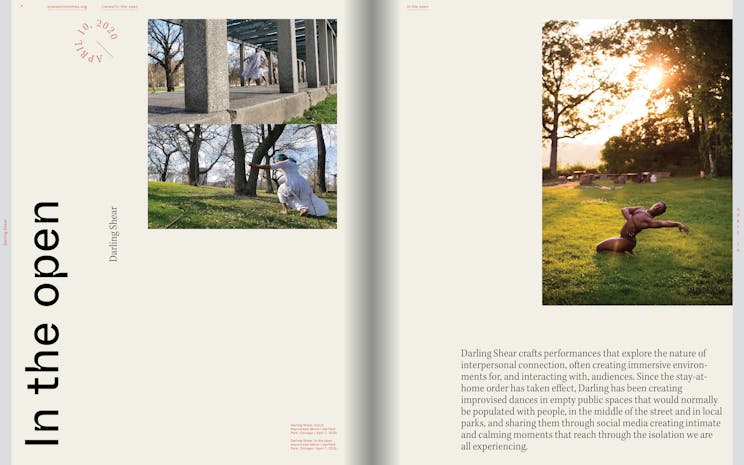
A look at the compilation of artist renderings from the pandemic.
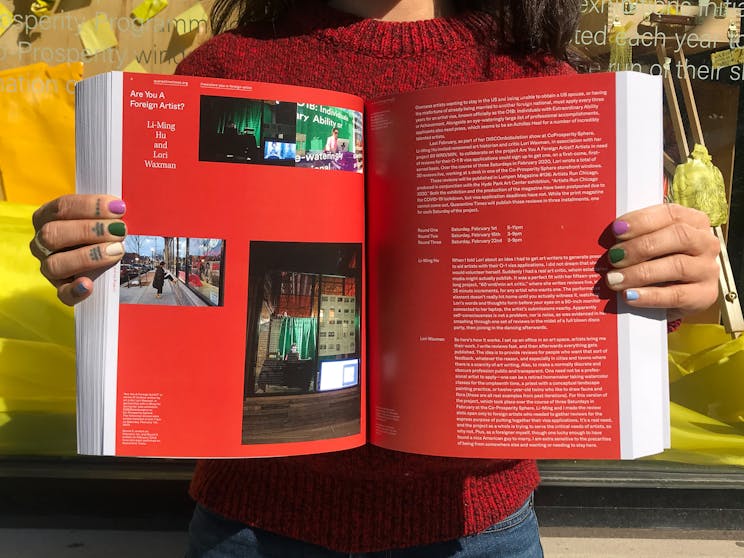
Courtesy of Public Media Institute.
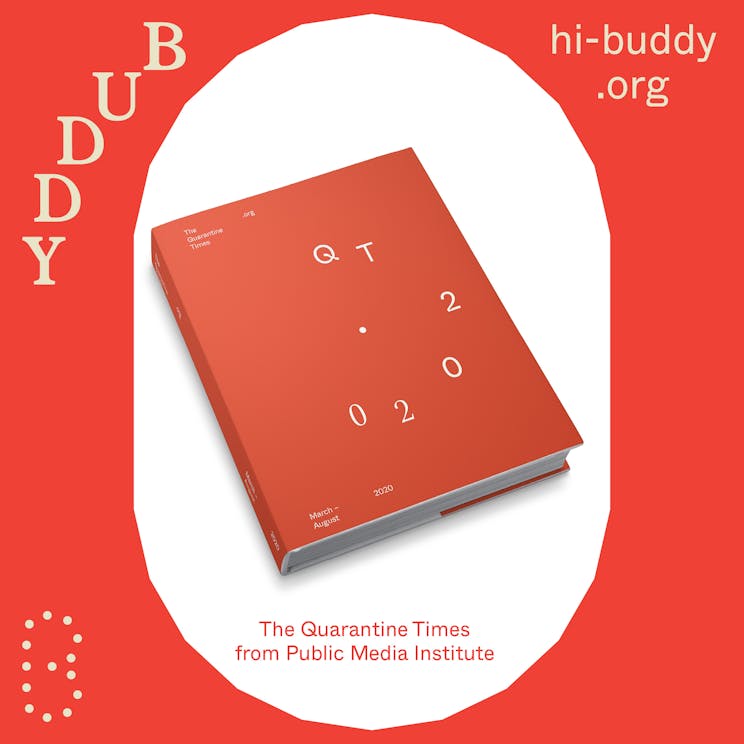
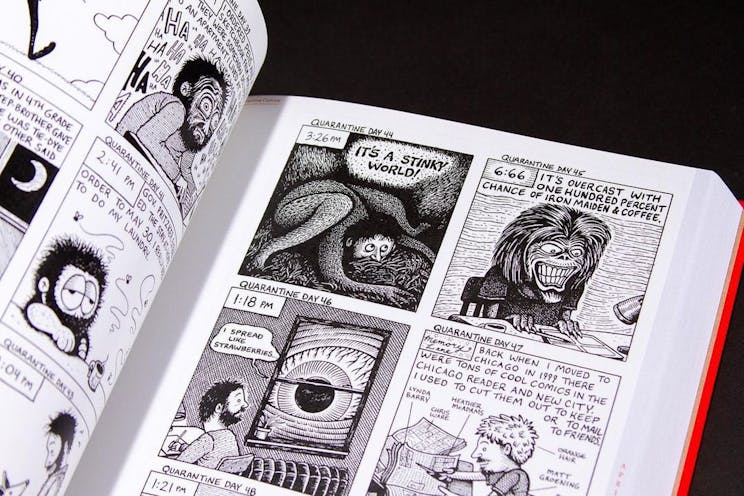
What emerged from those scary, uncertain days was a daily online collection from over 250 artists sharing their work, inspiring each other and staying connected online. The Times was accessible via an email newsletter, a radio station, an online streaming service and, of course, its website. It became a virtual gathering spot for local creatives to capture their experiences and interpretations of the pandemic.
Its website was chockfull of every kind of self-expression: from personal essays on the relevance of medieval art in “the time of Corona,” to decidedly more futuristic amalgamations of live music and images broadcast simultaneously on the radio and online. There were dance performances, films, and visual art shows. In the short few months, the project was alive - it ended in June 2020 - the Times’ daily submissions grew, as did its visibility. It became a touchstone for a community trying to get through a crisis.
And it fulfilled its purpose: Creating a space for people to share their creativity while getting paid much-needed funds to do it. Local artists who moonlighted as editors were paid to curate the day’s content and in total, the effort provided assistance to 220 local artists.
In December 2020, the PMI team published a 500-page, hardbound book to capture the entire experience. The book is sold to PMI patrons for $20 per month or a $200 donation.
The Times is a testament to the distinctively Chicagoan approach to connectivity and inclusivity, according to Wylie: “It’s one of the good things that emerged from a truly terrible (and ongoing) crisis. It feels like a dream now.”
“It’s one of the good things that emerged from a truly terrible (and ongoing) crisis. It feels like a dream now.”


